
Hortus Botanicus is a botanical garden in the Plantage district of Amsterdam, the Netherlands. It is one of the world's oldest botanical gardens.

Rachel Ruysch was a Dutch still-life painter from the Northern Netherlands. She specialized in flowers, inventing her own style and achieving international fame in her lifetime. Due to a long and successful career that spanned over six decades, she became the best documented female painter of the Dutch Golden Age.
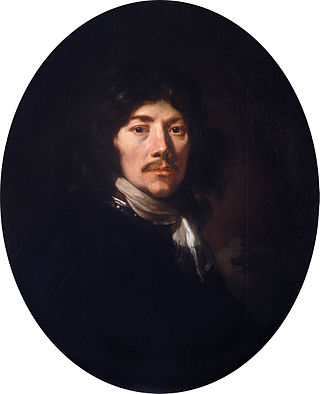
Jacob van Loo was a painter of the Dutch Golden Age, chiefly active in Amsterdam and, after 1660, in Paris. Van Loo is known for his conversational groupings; particularly his mythological and biblical scenes generally attributed to the genre of History painting. He was especially celebrated for the quality of his nudes to the extent that, during his lifetime, particularly his female figures were said to have been considered superior and more popular than those of his Amsterdam contemporary and competitor Rembrandt. In 1663, three years after fleeing to Paris, Jacob van Loo was accepted into the Académie royale de peinture et de sculpture.

Pierre Magnol was a French botanist. He was born in the city of Montpellier, where he lived and worked for most of his life. He became Professor of Botany and Director of the Royal Botanic Garden of Montpellier and held a seat in the Académie Royale des Sciences de Paris for a short while. He was one of the innovators who devised the botanical scheme of classification. He was the first to publish the concept of plant families as they are understood today, a natural classification of groups of plants that have features in common.

Caspar Georg Carl Reinwardt was a Prussian-born Dutch botanist. He is considered to be the founding father of Bogor Botanical Garden in Indonesia.
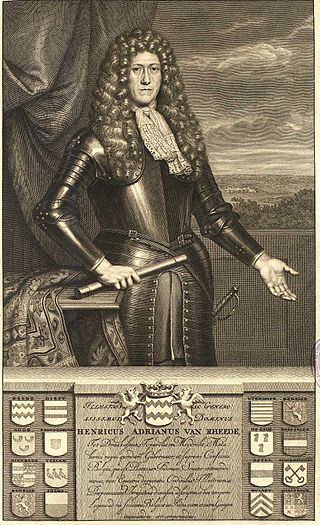
Hendrik Adriaan van Rheede tot Drakenstein was a military man and a colonial administrator of the Dutch East India Company and naturalist.
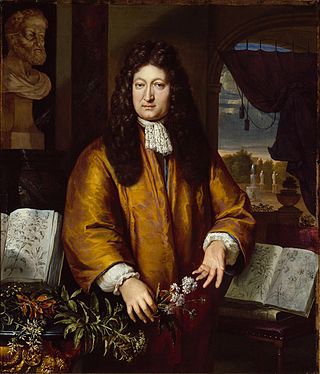
Jan Commelin, also known as Jan Commelijn, Johannes Commelin or Johannes Commelinus, was a botanist, and was the son of historian Isaac Commelin; his brother Casparus was a bookseller and newspaper publisher. Jan became a professor of botany when many plants were imported from the Cape and Ceylon and a new system had to be developed. As alderman of the city, together with burgomaster Johan Huydecoper van Maarsseveen he led the arrangement of the new botanic garden Hortus Medicus, later becoming Hortus Botanicus. He cultivated exotic plants on his farm 'Zuyderhout' near Haarlem. Commelin amassed a fortune by selling herbs and drugs to apothecaries and hospitals in Amsterdam and other Dutch cities.
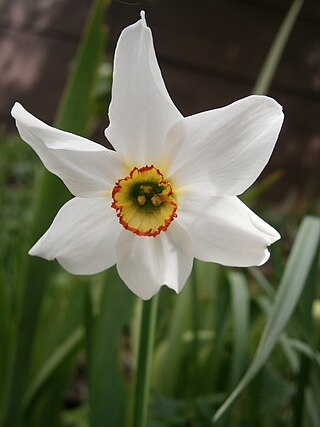
Narcissus poeticus, the poet's daffodil, poet's narcissus, nargis, pheasant's eye, findern flower or pinkster lily, was one of the first daffodils to be cultivated, and is frequently identified as the narcissus of ancient times. It is also often associated with the Greek legend of Narcissus. It is the type species of the genus Narcissus and is widely naturalised in North America.

George Clifford III was a wealthy Dutch banker and one of the directors of the Dutch East India Company. He is known for his keen interest in plants and gardens.
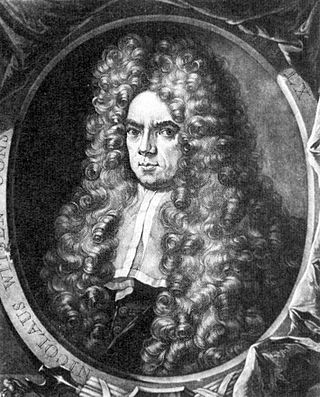
Nicolaes Witsen was a Dutch statesman who was mayor of Amsterdam thirteen times, between 1682 and 1706. In 1693, he became administrator of the Dutch East India Company (VOC). In 1689, he was extraordinary-ambassador to the English court and became Fellow of the Royal Society. In his free time, he was cartographer, maritime writer, and an authority on shipbuilding. His books on the subject are important sources on Dutch shipbuilding in the 17th century. Furthermore, he was an expert on Russian affairs. He was the first to describe Siberia, the Far East and Central Asia in his study Noord en Oost Tartarye [North and East Tartary].

Alida Withoos was a Dutch botanical artist and painter. She was the daughter of the painter Matthias Withoos.
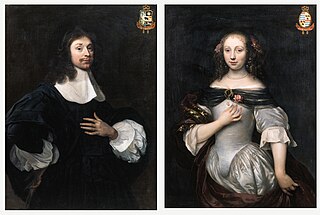
Joan Huydecoper van Maarsseveen II was the eldest son of burgomaster Joan Huydecoper van Maarsseveen I and the brother-in-law of the collector Jan J. Hinlopen and the sheriff Jacob Boreel. He was mayor of Amsterdam for 13 terms between 1673 and 1693. Unlike most mayors, he did not live at the Golden Bend, but on Lauriergracht in the Jordaan, where Govaert Flinck, Johannes Lingelbach, Jurriaen Ovens, who painted his portrait, the art-dealer Gerrit van Uylenburgh, and Melchior de Hondecoeter also lived.
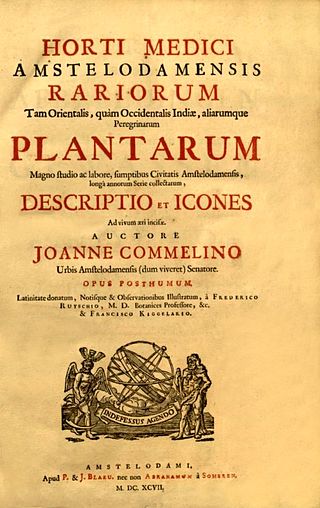
François, Franciscus, or Frans Kiggelaer was a Dutch botanist, apothecary and curator of the garden of Simon van Beaumont in Leiden. In 1690, he published a plant catalogue of this garden under the title "Horti Beaumontiani: Exoticarum Plantarum Catalogus ...".

Jan Moninckx, was a Dutch botanical artist and painter, best known for the colour plates he and his relative, Maria Moninckx, created and which make up the nine-volume Moninckx Atlas. This was published in the period 1686-1709 and depicted 420 plants from the Hortus Medicus of Amsterdam.
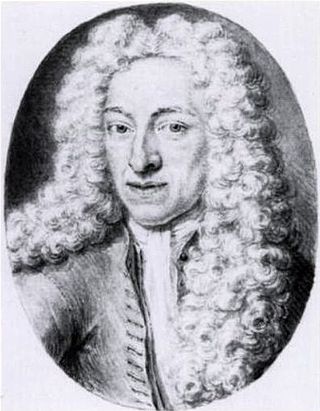
Caspar Commelijn or Caspar Commelin, was a Dutch botanist.

Jan Abrahamsz Beerstraaten or Johannes was a Dutch painter of marine art, particularly of events of the First Anglo-Dutch War and Dutch-Swedish War. Van Beerstraten depicted ports (Civitavecchia) and cityscapes of Amsterdam, as well as many cities and villages in the Netherlands. He captured castles, churches and other buildings that no longer exist.
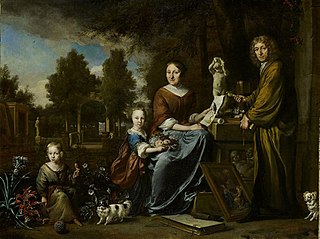
Agnes, or Agneta Block was a Dutch art collector and horticulturalist. She is most remembered as the compiler of an album of flower and insect paintings and as one of the first Europeans to successfully cultivate and fruit the pineapple outside of its native habitat.

Francesco Cupani was an Italian naturalist mainly interested in botany.

Lambert Bidloo, of Amsterdam, was by religion, a Zonist Mennonite, by profession, an apothecary and botanist and by passion, a man of letters and translator. After a solid education in classical letters and a period of apprenticeship, Lambert joined the apothecaries' and surgeon's guild overseeing standards and education at the Collegium Medicum. In 1688, he became the director of this institution, and, along with associates and collaborators, botanist Jan Commelin and anatomist Frederik Ruysch he had a hand in its herbalist Hortus Medicus flowering into the global Hortus Botanicus (Amsterdam) of today. His various learned works in Latin and Dutch deal with plants, with Mennonite religious issues and with different historical themes, contemporary, biblical and literary. Among these Bidloo is best known for the curious Panpoeticon Batavum,, a figurative and visual poet's gallery of Golden Age Dutch literature. This he produced as a joint undertaking with the noted artist and art historian Arnold Houbraken who was then also launching The Great Theatre of Dutch Painters,.




















